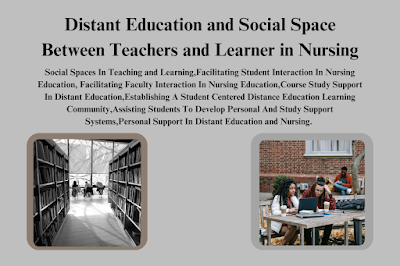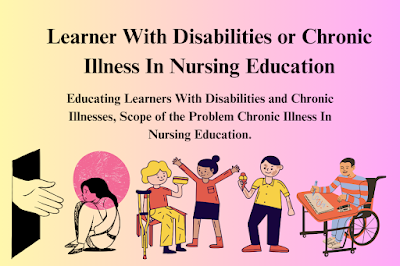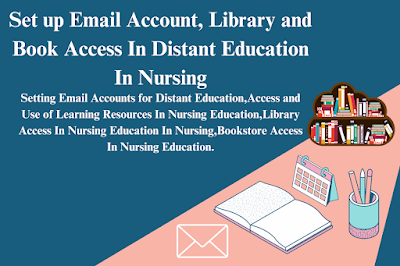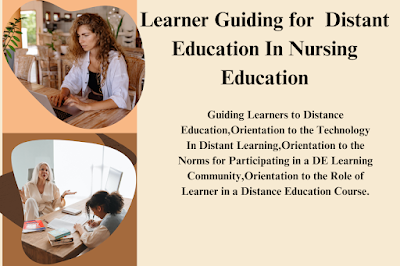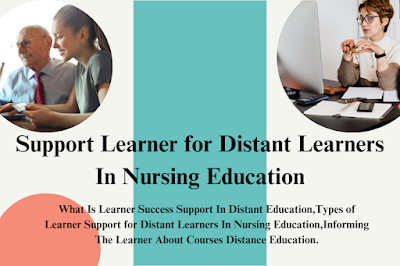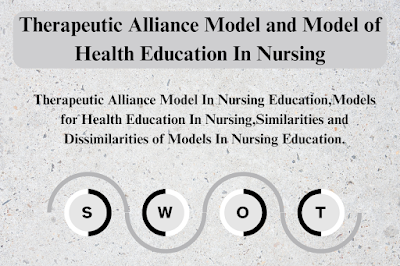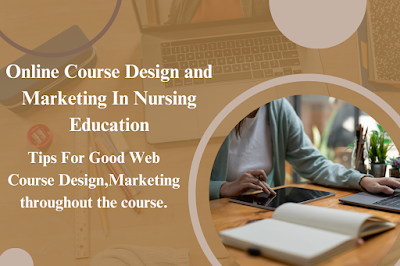Distant Education and Social Space Between Teachers and Learner in Nursing
The Distant Education and Social Space Between Teachers and Learner in Nursing. Space Between Teachers and Learner in Nursing Distance education (DE) in nursing education poses unique challenges, particularly when it comes to fostering social interaction and building supportive learning communities. The Distant Education and Social Space Between Teachers and Learner in Nursing In traditional … Read more
